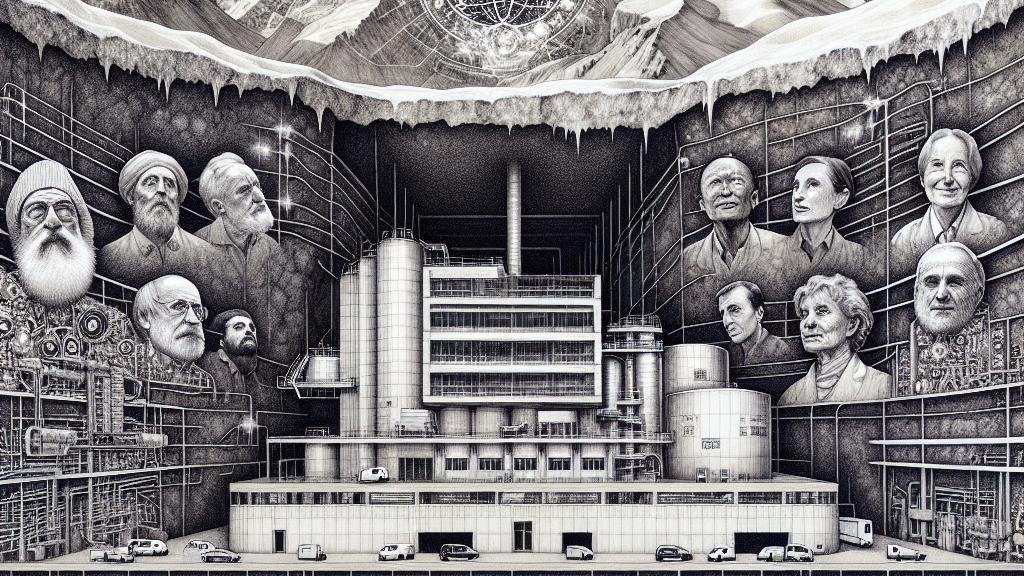Exploring the Universe's Mysteries in an Italian Underground Lab
Overview
- Outstanding collaboration at Italy's Gran Sasso National Laboratory.
- Investigating the hidden secrets of particle physics through neutrinoless double beta decay.
- Prominent scientists join forces to unlock the universe's cosmic puzzles.

Location and Collaboration
Beneath the towering Apennine mountains in Italy, the Gran Sasso National Laboratory stands as a beacon for scientific exploration. With its unique subterranean environment, it offers the coldest temperatures known to humanity—a perfect setting for groundbreaking research. Here, more than 150 leading scientists, including Cal Poly's own Professor Thomas Gutierrez, gather from top-tier institutions like UC Berkeley, UCLA, and MIT. This diverse team embodies a spirit of global collaboration, united by their shared vision of uncovering the universe's deepest mysteries and pushing the frontiers of scientific knowledge.
Research Focus: Neutrinos
At the core of their ambitious research is the electrifying quest for neutrinoless double beta decay. This rare process holds the potential to answer one of the most profound questions in physics: why is there more matter than antimatter in our universe? Imagine the implications if Gutierrez and his team confirm that neutrinos—the elusive particles that barely interact with anything—are indeed their own antiparticles! Such a revelation would not only challenge established scientific principles but might rewrite our understanding of the universe, shedding light on the very essence of existence itself.
Future Implications
The stakes couldn't be higher, as the results of these investigations could revolutionize how we comprehend fundamental particles. By studying tellurium dioxide crystals, the researchers aim to uncover critical evidence that supports their groundbreaking hypotheses about neutrinos. If successful, this work could usher in a new era of physics, enhancing our grasp of particle interactions and revealing the intricate web of matter that binds our universe. Each experiment conducted, each subtle hint from the data, brings us nearer to resolving questions that have lingered for ages—an exhilarating reminder that the pursuit of knowledge is as much about the journey as it is about the destination.

Loading...